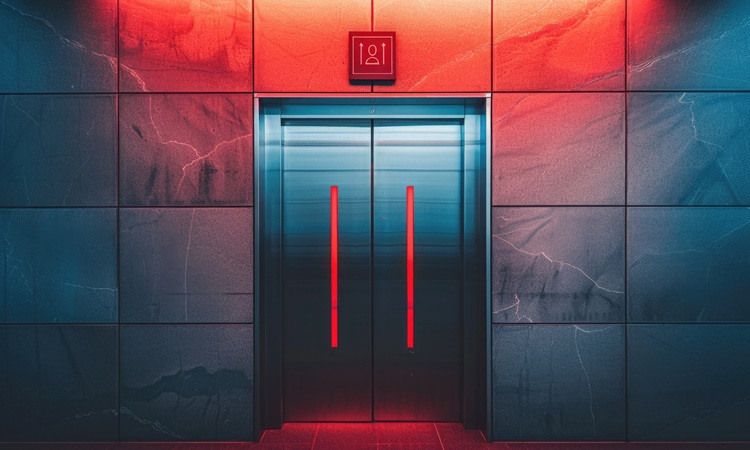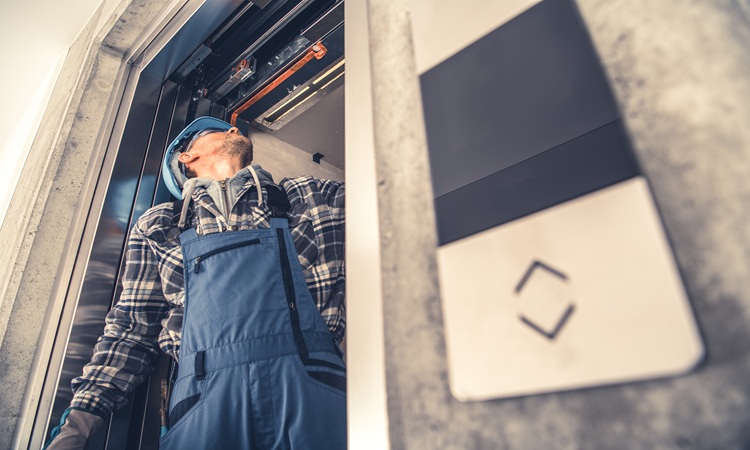Why Your Lift is Not Working: Common Causes and Effective Solutions
Post Date : May 22, 2024
Our daily lives depend on lifts specifically in multi-storey buildings and unexpected malfunctions can be really annoying. Paying for lift repair is not enjoyable, but it is essential when your lift breaks down. The feeling of getting stuck in the lift is similar to being stranded between floors and feeling helpless.
Recognizing the various causes of elevator problems and knowing how to deal with them can assist in swiftly and effectively resolving the issue. In this blog, we will go into the depth of these causes and solutions.
-
Power Supply Problems
Power supply problems often leave lifts motionless and passengers frustrated. Installing backup power systems such as generators or UPS can help during these outages. Internal electrical faults, like faulty wiring, can also cause problems. Regular maintenance is key to identifying and fixing issues before they escalate. Neglecting maintenance can worsen problems, leading to dust buildup and worn-out components. Power supply issues are among the most common causes of elevator malfunctions. Elevators rely on a steady and uninterrupted power source to operate efficiently.
If you think there's a power problem:
1. Check the circuit breaker in the building's electrical panel. If it's tripped, reset it. If it keeps tripping, call a specialist.
2. Make sure the emergency power switch is on, especially during power outages.
3. If the elevator is too full, ask people to leave to lighten the load. So that it can work fine again.
-
Sensor Problems
Sensor problems can be a big headache for lift operation, causing disruptions and inconvenience. Lifts rely on sensors to detect weight, movement, and door positions, ensuring safe use. When sensors malfunction, lifts may stop unexpectedly or doors may fail to open or close correctly. Common issues include sensor misalignment and damaged wiring. By addressing sensor issues promptly, lift owners can ensure smooth and safe operation for passengers. If these sensors stop working, here's what you can do
1. Look around the elevator doors to see if anything is blocking them.
2. If the elevator doors won't close, try pressing the "Door Open" button. Sometimes, this can reset the door and make it work again.
3. Get a technician to check and fix the elevator.
4. Make sure the elevators get checked regularly as recommended by the manufacturer. This helps prevent unexpected problems.
-
Emergency Button Activated
When the emergency button in a lift is activated, it can cause panic and confusion among passengers. This button is designed for use in situations where assistance is urgently required, such as during a medical emergency or if someone is trapped inside the lift. However, false activations of the emergency button can also occur, leading to unnecessary disruptions in lift operations. Here’s what you can do:
Look for the emergency stop button inside the elevator cabin. If it's lit up, simply press it again to turn off the emergency stop and get the elevator moving again.
-
Mechanical Fault
Mechanical faults in elevators can be a major inconvenience, disrupting the smooth flow of passengers and potentially compromising safety. Sudden stops, jerky movements, or malfunctioning doors can cause frustration and anxiety among riders. In such situations, prompt action is essential. Reporting the issue to building maintenance or the appropriate authorities allows trained technicians to swiftly diagnose and address the problem, restoring the elevator to proper working order. By addressing mechanical faults promptly, we prioritize passenger safety and minimize disruptions, ensuring a seamless and reliable elevator experience for all. Here’s what you can do in case of mechanical fault
Call experts to fix it. Talk to the building manager or elevator company to get it sorted out quickly.
-
Strange Noises
If you notice unusual sounds like clunking or screeching coming from your elevator, it's important to call out a nearby lift repair service, even if the elevator seems to be functioning normally. These noises could indicate wear and tear or loose components. The most effective course of action is to contact a lift repair service asap and avoid using the elevator until it has been thoroughly inspected and the source of the noise has been addressed.
In conclusion, our daily routines often rely heavily on elevators, especially in multi-storey buildings, and unexpected malfunctions can be highly disruptive. Recognizing the various causes of elevator problems and knowing how to deal with them can assist in swiftly and effectively resolving the issue. By following the recommended steps and seeking assistance from trained technicians when necessary, elevator issues can be swiftly resolved, ensuring a seamless and reliable experience for all passengers. At Polo Elevators, we are committed to providing a superior moving experience with proper maintenance and safety.






